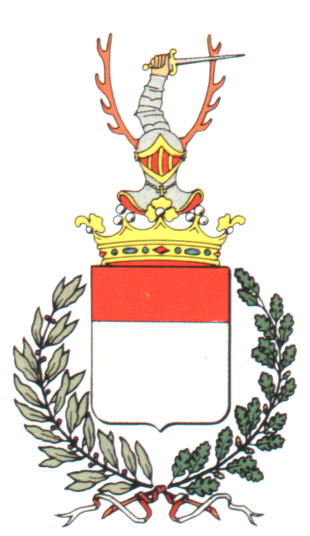- the territory -

The History of Crema
|
Crema's origins have been linked to the Lombard invasion of the 6th century CE, the name allegedly deriving from the Lombard term Krem meaning "little hill", though this is doubtful since it does not lie significantly above the surrounding countryside. Other linguistic roots may suggest an older origin, in particular the Indo-European root meaning a boundary (cf. Ukraine, crêt). Other authorities trace its foundation back to the 4th century CE, when Milan was capital of the Western Roman Empire. According to another version, it was instead an even more ancient Celtic or Etruscan settlement. Crema first appears in historical documents in the 11th century as a possession of the counts of Camisano. It was then ruled by Boniface, margrave of Tuscany, and his daughter Matilde. In 1098, Matilde gave the town as a gift to the Bishop of Cremona. During this period the prosperity of Crema's territory began as agriculture was boosted and the Humiliates' Order introduced the processing of wool, which was to be the area's main economic activity until the 19th century. In 1159, after it had signed an alliance with Milan against the Ghibelline Cremona, Crema was besieged, stormed and destroyed by the Emperor Frederick Barbarossa. The siege of Crema was marked by several episodes of brutality. The Germans hung some Cremaschi prisoners to their siege machines hoping the defenders would not fire against their fellows. However, this expedient did not work, and turned the battle into a slaughter. After the Peace of Constance (1185) the city was allowed to be rebuilt as a castrum ("castle"). Henry VI gave it back to his allied Cremonese. A period as a free Commune followed, during which, however, the tendency to partisan struggles, typical of the northern Italian communes of that age, soon showed. In any case, the city was reinforced with new walls, ditches and gates (1199), and a network of canals further improved agriculture. In the 13th century Crema was also enriched with its famous cathedral and the Palazzo Pretorio. The communal independence ended in 1335, when the city surrendered to Gian Galeazzo Visconti, whose family held the city until the end of the century. In 1361 Crema was touched by the Black Death. A brief period of rule by the Guelph Benzoni family followed (Bartolomeo and Paolo from 1403 to 1405, then their nephew Giorgio until 1423). The seignory passed again to the Visconti, and, from 1449 onwards, to the Republic of Venice. As a Venetian inland province, Crema obtained numerous privileges and was safe from the economic decline of the nearby Duchy of Milan under the Spanish rule. It kept a substantial autonomy, which allowed a program of new buildings. These included a new line of walls, the rebuilding of the Palazzo Comunale (1525–1533), the Palazzo della Notaria, now Palazzo Vescovile. The 17th century saw the beginning of the decadence of the city, caused by the decline of its industrial activities, although agriculture continued to flourish. In 1796 an Academy of Agriculture was founded. After the fall of the Republic of Venice in 1797, the French army deposed the last podestà and created a municipality. At first Crema formed the province of Crema-Lodi, but later it was annexed to the province of Cremona. In 1814, Napoleon’s Empire fell apart, and Crema became an Austrianpossession.
|
FOLLOW OUR OFFERS
|
|



